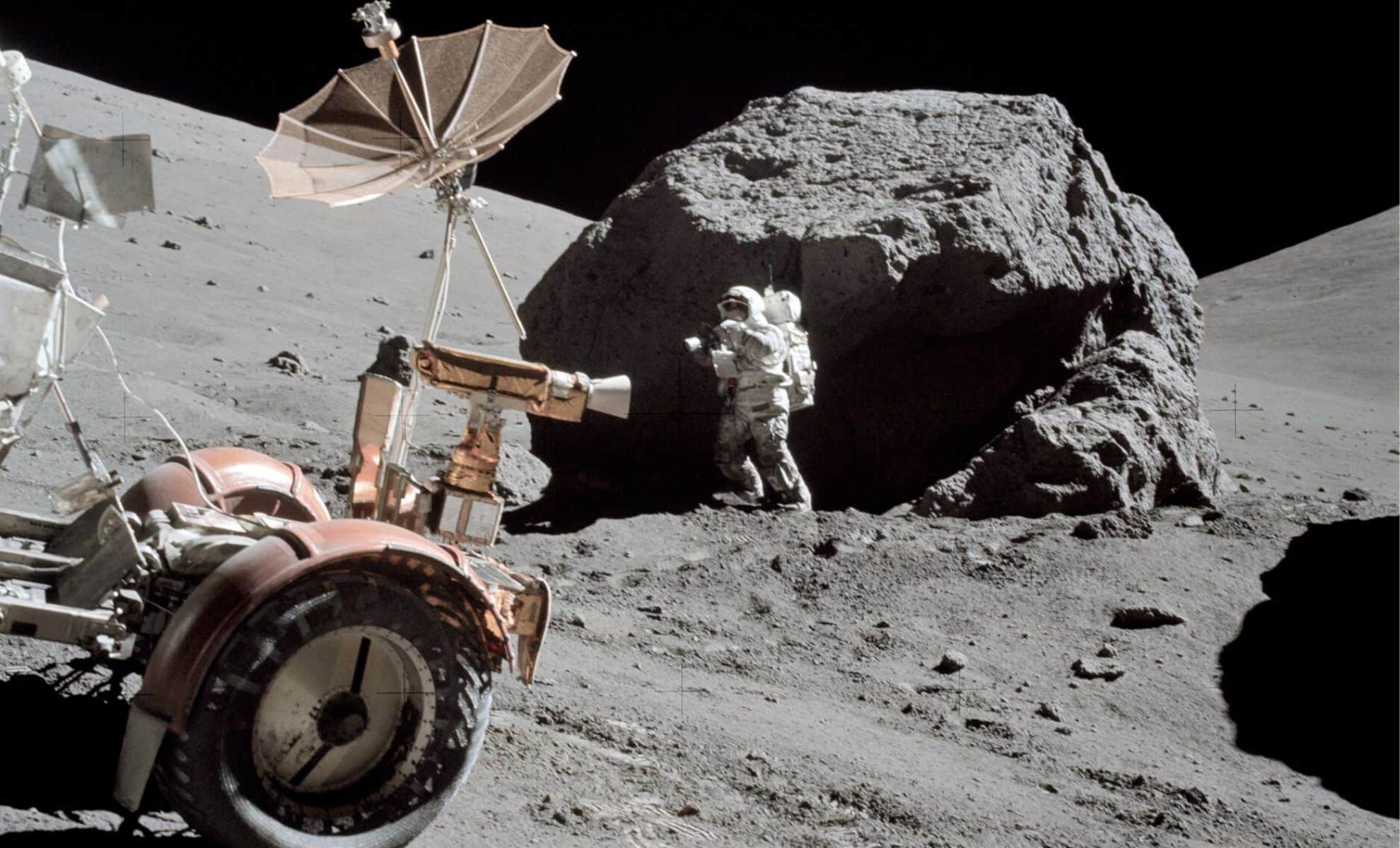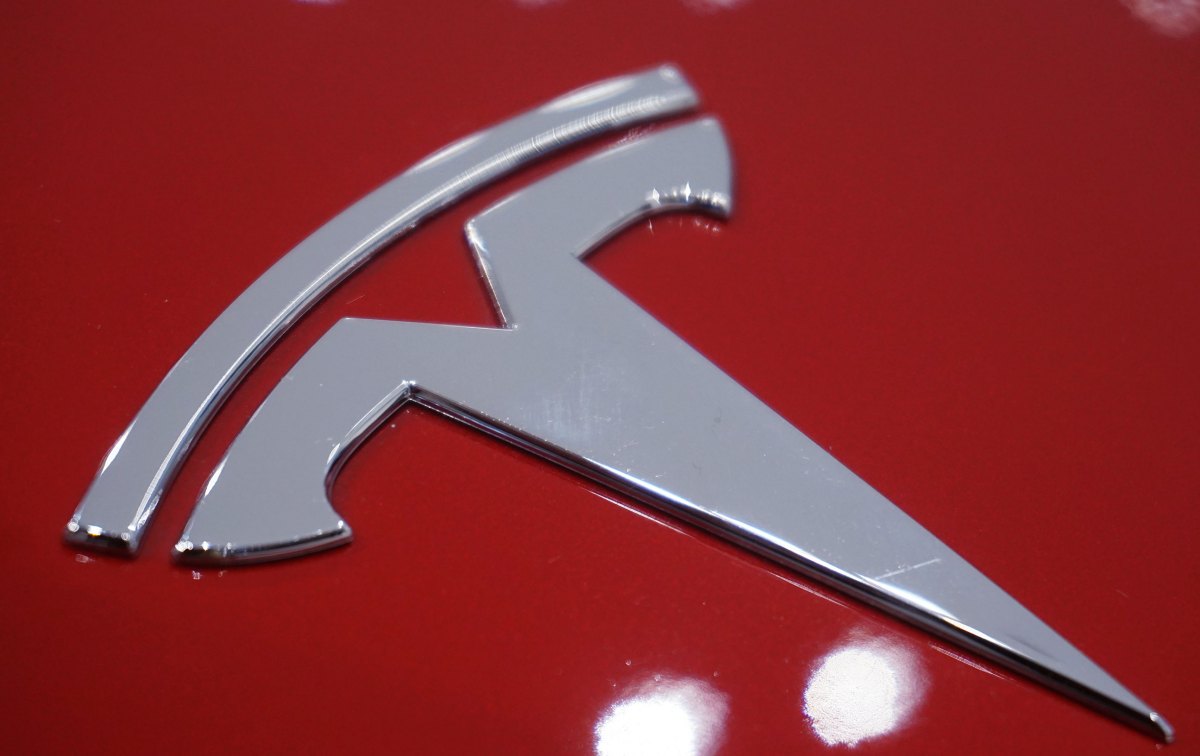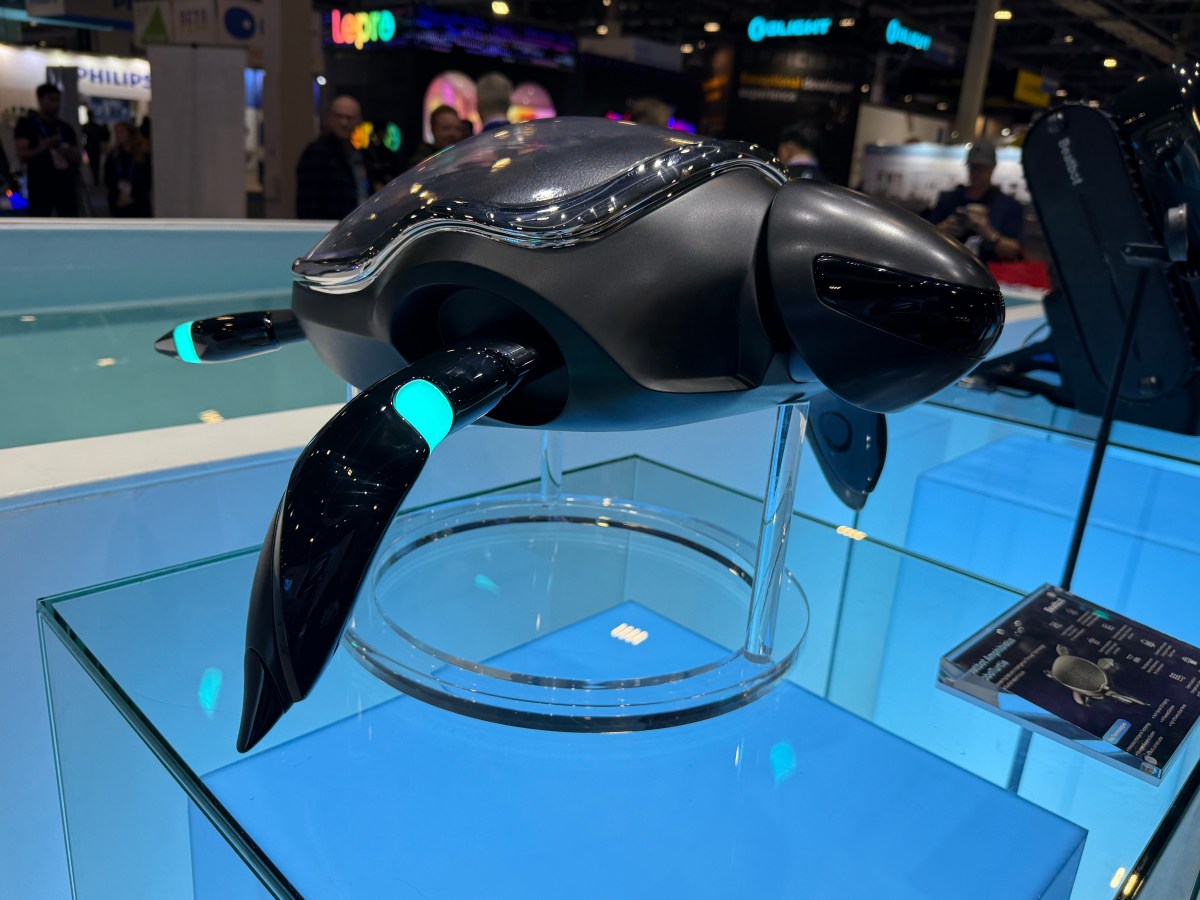
A robot inspired by Cheerios releasing alcohol fuel with a fluorescent dye
Jackson K. Wilt et al. 2024
The same phenomena that let beetles float across ponds and cause Cheerios to cluster together in your cereal bowl can be harnessed to make tiny floating robots.
One of these, the Marangoni effect, arises when a fluid with a lower surface tension rapidly spreads out across the surface of a fluid with higher surface tension. This effect is exploited by Stenus beetles, which have evolved to zip across ponds by secreting a substance called stenusin, as well as soap-powered toy boats.
To investigate how this could be used by engineers, Jackson Wilt at Harvard University and his colleagues 3D-printed round, plastic pucks around a centimetre in diameter. Inside each was an air chamber for buoyancy and a tiny fuel tank containing alcohol, which has a lower surface tension than water, in concentrations from 10 to 50 per cent. The alcohol gradually leaks out from the puck, propelling it across the surface of the water.
The team used alcohol as a fuel because it evaporates, unlike soap which eventually contaminates the water and spoils the Marangoni effect. It turned out that the stronger the alcohol, the better the result. “Beer would be quite bad,” says Wilt. “Vodka is probably the best thing you could use. Absinthe… you’d have a lot of propulsion.” At peak speeds, the robots moved at 6 centimetres per second, and some experiments saw the pucks propelled for as long as 500 seconds.
By printing pucks with more than one fuel outlet and by sticking them together the researchers could also create larger devices that traced out wide curves or spun on the spot. Using multiple pucks also let the researchers investigate the “Cheerios effect”, which is when the cereal or other similar floating objects cluster. This occurs because they form a meniscus, or curved surface, in fluid, and these surfaces are attracted towards each other.
Wilt says that the 3D-printed devices could be useful in education to help students intuitively grasp concepts related to surface tension, but could also see applications in environmental or industrial processes if carefully designed to create more complex and elegant behaviour.
For instance, if there was a substance that needs to be dispersed throughout an environment that could also serve as a suitable fuel, the robots could spread it around automatically. “Let’s say you have a body of water where you need to release some chemical, and you want to distribute it more evenly, or you have some chemical process in which you need to deposit the material over time,” says Wilt. “I feel like there’s some really interesting behaviour here.”
Topics:









Leave a Comment